Colossally Sordid: An Interview with Luc Sante
October 27, 2015 | by Andrew Holter
With the publication of Low Life: Lures and Snares of Old New York, in 1991, Luc Sante established himself as one of New York City’s most imaginative elegists. The book was a shrewd chronicle of Lower Manhattan abjection from the mid-nineteenth through the early twentieth centuries—but also a call for a more expansive sense of historical memory, one with room not just for the banking magnate and the besooted proletarian behind him but for the guy behind him, too, with the chewed-off ear and the shiv. Sante followed Low Life in 1992 with Evidence, a collection of startling and often sublime crime-scene photographs taken by the NYPD in the 1910s, a project in which Sante afforded his poor tenant-dwellers more dignity than many of them could claim in their abbreviated lives. Since then he’s contributed regularly to The New York Review of Books; written the liner notes of the Anthology of American Folk Music and translated Félix Fénéon’s Novels in Three Lines; published an autobiography of sorts, The Factory of Facts; and released a collection of essays, Kill Your Darlings.
His new book, The Other Paris, magnifies the crime, grime, and scrappy, world-reverberating insubordination of Parisians down through history. Sante’s Other Paris is the one that belongs to le Peuple and always has—to the prostitutes, the ragpickers, the laundresses, the pickpockets, the North Africans, Roma, and Jews, the pop singers and tattooed gang members (the apaches, many of whom “had a dotted line around their necks, to guide the blade of the guillotine”), the insurgents on the barricades and the Illegalist bomb throwers, the ones who got their heads cut off and the ones who physically did the cutting. Perhaps most of all, the Other Paris belongs to the flaneurs, the original dandies in the underworld, in whose tradition Sante has followed as a first-rate observer and reassembler of Paris, making this book the most recent contribution to the venerable body of literature that has sought to capture Paris the way it really was and is, from the vantage of the street rather than the street view.
Flaneurie is a huge part of The Other Paris—you call the flaneur the “exemplar of this book.” Since flaneurs have been the truest historians of Paris, did you find the act of walking at all important to your research? For as much consideration as you give to the social consequences of the built environment, it seems like a dérive or two might go a long way toward finding the essence of Paris from “the accumulated mulch of the city itself,” to borrow a phrase from Low Life.
When I wasn’t at the movies, I was walking. I walked all over the city, repeatedly—I kept journals of my walks, which are actually just lists of the sequences of streets. Even though the city isn’t as interesting as it once was—modern construction and commercial real-estate practices have wiped out so much of the old eccentricity—there are still hidden corners and ornery survivals, and of course the topography is such a determinant. New York City is more or less flat and what isn’t was mostly leveled long ago, so it’s missing that aspect of accommodation to hills and valleys and plateaux, not to mention the laying out of streets on a human scale long before urban planning scaled things to the demands of machines.
You describe the “intimacy” of cities up until a century ago, even cities the size of Paris, when by default a person’s neighborhood was fundamental to every part of her life, before the phenomenon of commuting and, most crucial of all, “where the absence of voice- and image-bearing devices in the home caused people to spend much more of their time on the street.” Does it distress you that cities have lost that intimacy? You don’t have much patience for nostalgia.
I do regret the passing of that intimacy. It was chipped away in increments, by cars, television, chain stores, fear—parental fears of children’s autonomy, “fear of crime,” et cetera—commercial and residential zoning, highway construction, urban renewal, escalating rents, the takeover by corporations of almost all the formerly owner-operated small businesses—groceries, drugstores, coffee shops, stationers, haberdashers, even bodegas. The last bastions of strictly neighborhood commerce are being rapidly decimated by chains these days. And then personal computers, which definitively drove people indoors. The single most jarring of all these changes for me, because so sudden and so absolute after millennia, is the disappearance of children playing in the streets—but then again that’s not confined to cities. I can’t imagine childhood without having the freedom to roam whatever town you’re in.
So many great landmarks of Paris have disappeared—the original Les Halles markets, the Roquette prisons, the entire neighborhoods fallen prey to Baron Haussmann’s culte de l’axe. Of all the architectural scenery that today’s Parisians have been denied, is there one building or construction that stands out to you as an especially great aesthetic loss?
I’ll take two, if you don’t mind—Les Halles and the old Belleville-Ménilmontant, before urban renewal. The first I actually saw, and you can see it to advantage in photos by Brassaï and in Jean Rouch and Edgar Morin’s film Chronique d'un été. The latter I missed, but you can get its flavor from Willy Ronis’s photos in his bookBelleville-Ménilmontant and from Albert Lamorisse’s short film The Red Balloon. A neighborhood may not sound like a monument to you, but this was an exceptional neighborhood, almost exclusively made up of small buildings and small streets, conforming to the layout of a rocky hillside with tiny hollows and dells and terraces and sudden promontories.
Low Life grew directly out of your experience living on the Lower East Side in the seventies and eighties. In this new book, and elsewhere, you write about Paris with the familiarity of a native. I’m curious about the significance of the city in your own history.
I first visited Paris with my mother in the spring of 1963, when I was not quite nine. We had spent several bleak late-winter months in Belgium dealing with my grandfather, who was in the terminal throes of dementia, and trying to once again decide whether we should just move back there. Paris was our reward for endurance. It was just a few days. We took a three-day Wagons-Lits Cook bus tour, my mother made a few religious pilgrimages, and that was it. But it was an exciting place! I of course had no idea it was the time of the nouvelle vague and Serge Gainsbourg and the situationists, but there were Citroën DSes in great swarms all over the streets and the place just felt hopped-up. And understand that this clearly discernable vibration of the new was taking place in a very old city that was entirely black with soot and dim with fog. And the Louvre truly flattened me—the first art museum I'd ever visited, and the room with the enormous Delacroix and Géricaults and Davids scared the living shit out of me, in the very best way.
Then I spent three or four months there in 1974, mostly at Reid Hall, Columbia University’s house in Paris, ostensibly studying post-structuralism. I couldn’t even define that term now. I fell in love—not just with the city, but with a person, who as it happens was from New Jersey—and stayed out until dawn and danced at African discos and hung out in all the famous Montparnasse cafés of the twenties, which were just regular cafés by that point. And, most pertinently, celebrated July 14 at Place de la Bastille and up Rue de la Roquette, with musette orchestras and dancing and carousing we were almost forcibly swept up in—I had no idea I was being treated to a last glimpse of something very old that was on the point of going away.
And then in ’83 I spent most of a month up at the very top of the twentieth with friends of friends—people I’d met when they passed through New York City—who were direct-action anarchists, pretty nonviolent but they did make their living as thieves. They gave me reading lists, taught me how to play poker in French, and billiards, and ten tons of slang, and treated me to all the classics of French cooking my mother didn’t know about. They showed me another aspect of the city that wasn’t long for this world, which is to say they showed me the fundaments of the city I describe in the book.
Two of your contemporaries, Jim Jarmusch and Paul Auster, are both known for a deep affinity with French art. All three of you spent time in Paris as young men, too. Do you think your milieu of New York bohemians felt any particular identification with Paris, or was it just your generation’s turn in that tradition?
Yes, Jim and I overlapped in Paris in ’74. I took him to my favorite Vietnamese restaurant, various cafés, the sort of bouillon populaire on Rue de la Gaîté, the movies in the Pagode—the pagoda from one of the late nineteenth-century Expos, still a theater, in the fifteenth I think. The movie was Putney Swope, and we brayed with laughter while the Parisians didn’t get it. Paul was older and we didn’t meet him until decades later, but our motives were all the same. We were brought to Paris first of all by poetry—all three of us went to Columbia and either studied poetry with Kenneth Koch or French lit with Bert Leefmans.
And there were the movies, too. I’m not sure Jim knew then he was going to make movies, but we all spent a huge amount of time in Paris going to the movies—I still do even now. And the movies were the most amazing new thing going on there. We left Paris clutching, above all, Jean Eustache’s The Mother and the Whore and Jacques Rivette’s L’Amour fou and Out One: Spectre and Céline and Julie Go Boating. Not to mention masses of old movies from all nations. Back in New York City everybody was either back from Paris or planning or yearning to go there. Everybody read Rimbaud and Lautréamont and Jarry and the surrealists. Circa 1977, Amos Poe made Unmade Beds, a New Wave pastiche that was all shot in New York City locations that could pass for Paris. And need I mention Patti Smith, who didn’t emerge from a vacuum.
I should mention that, Gertrude Stein and Gene Kelly aside, none of us felt any particular interest in or affinity for the earlier generations of Americans in Paris—we especially weren’t Hemingway fans.
How do you think the book will be received in France? Does the rest of the world just not know what Paris already knows about itself? That it was unstable, freaky, colossally sordid …
I have no idea. Although the French are always curious about how they’re seen by outsiders. Many of the things I write about are known to the French, but not all of them, and especially not by the young. Historical memory is another casualty of the corporate media—some matters are absorbed by pop culture, others are allowed to vanish. The French are nostalgic about their bistrots even as they replace them with Starbucks, but bistrots were social and leisurely and low profit, and those qualities don’t fly anymore. Also, don’t forget: all the cities in the world were at one time unstable, freaky, and colossally sordid. A few still are.
Andrew Holter writes from Baltimore.
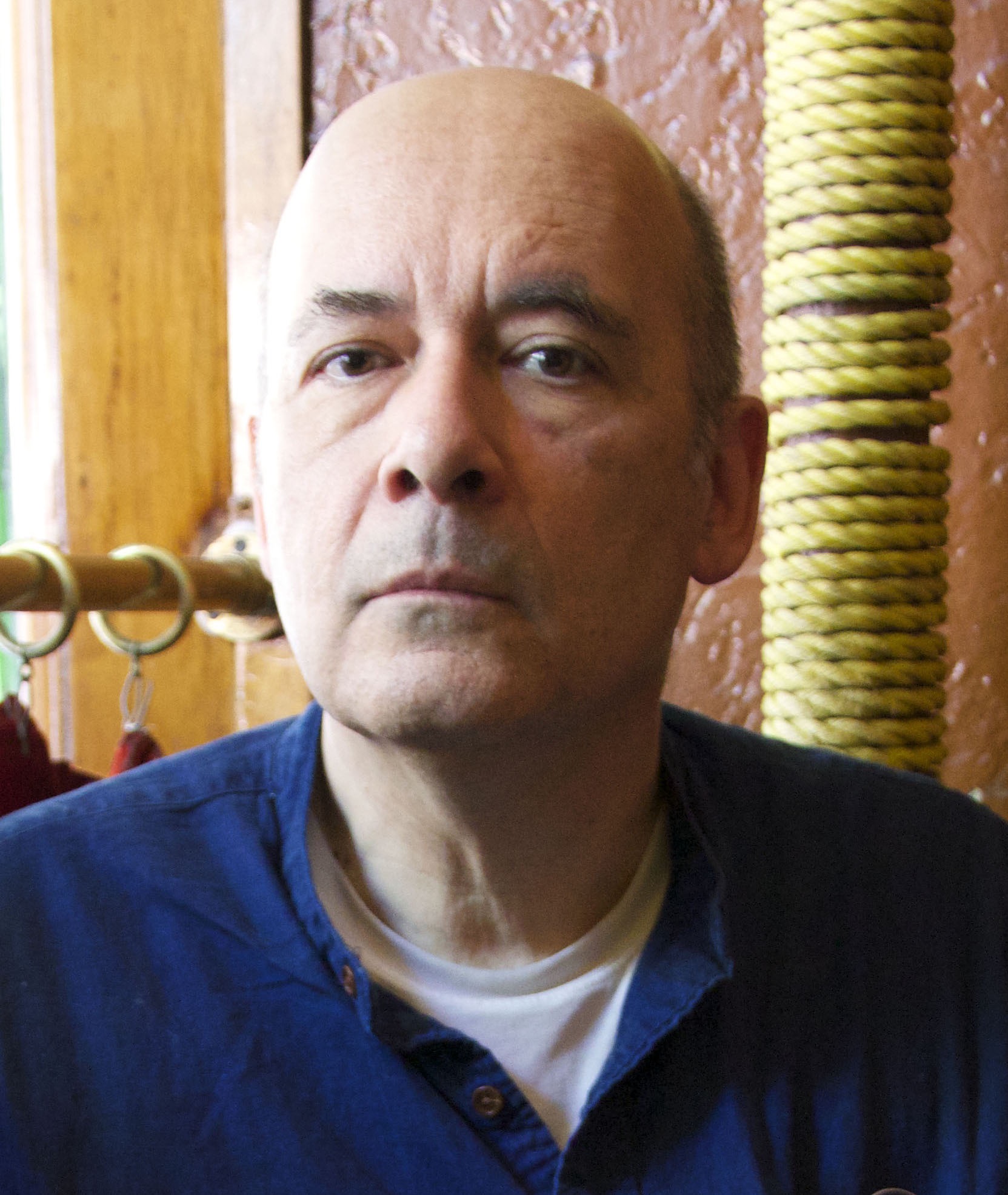
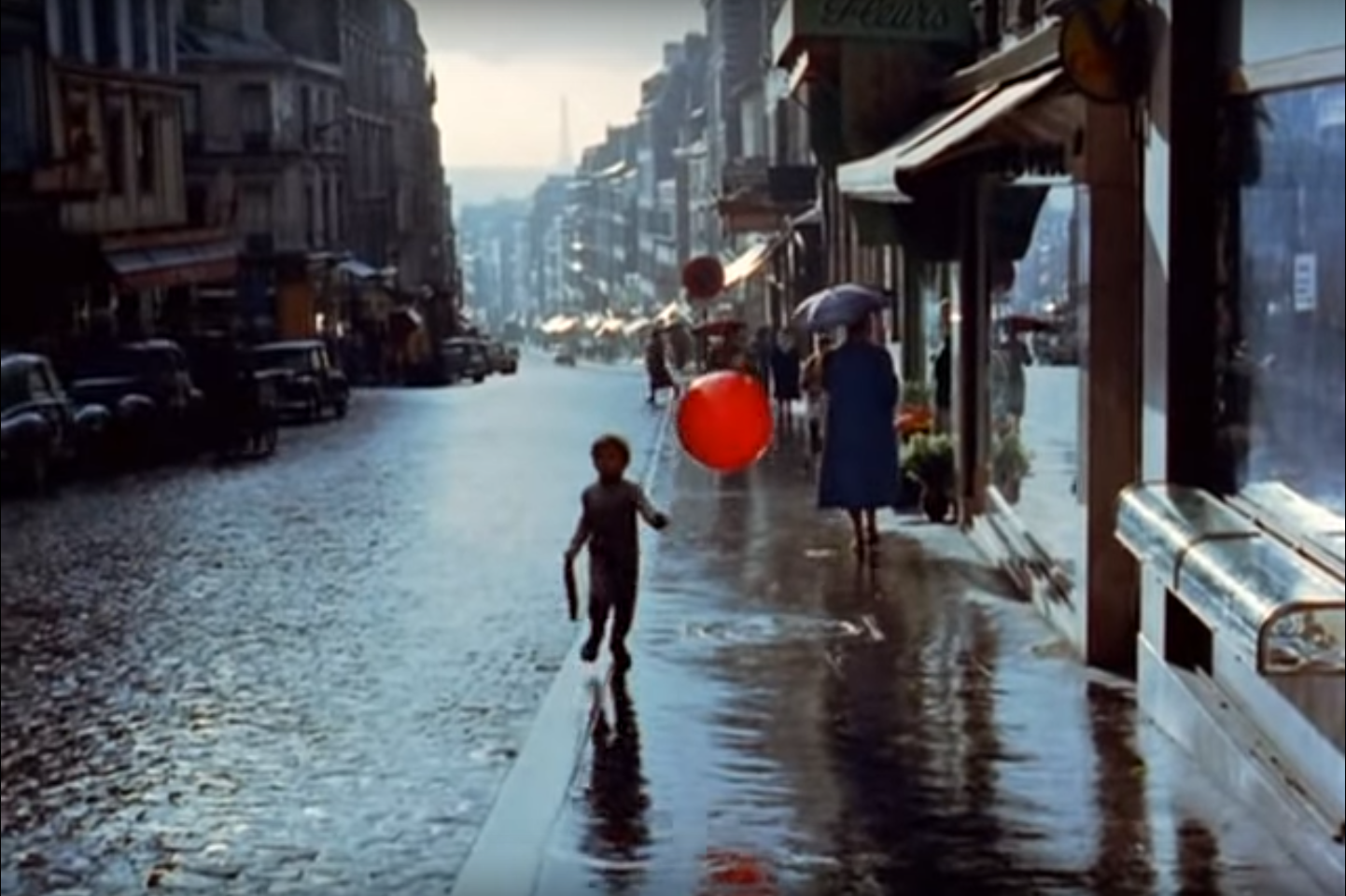

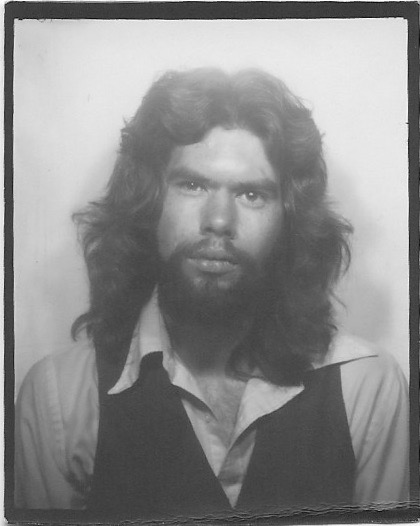
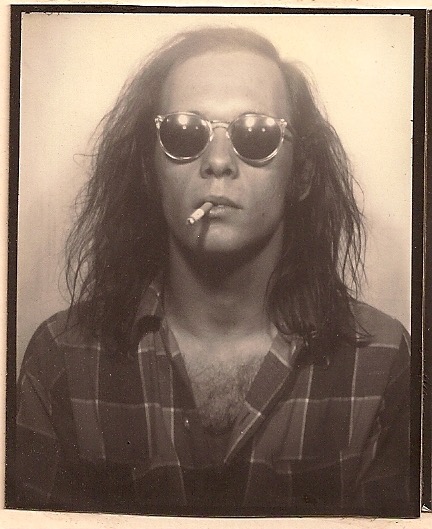
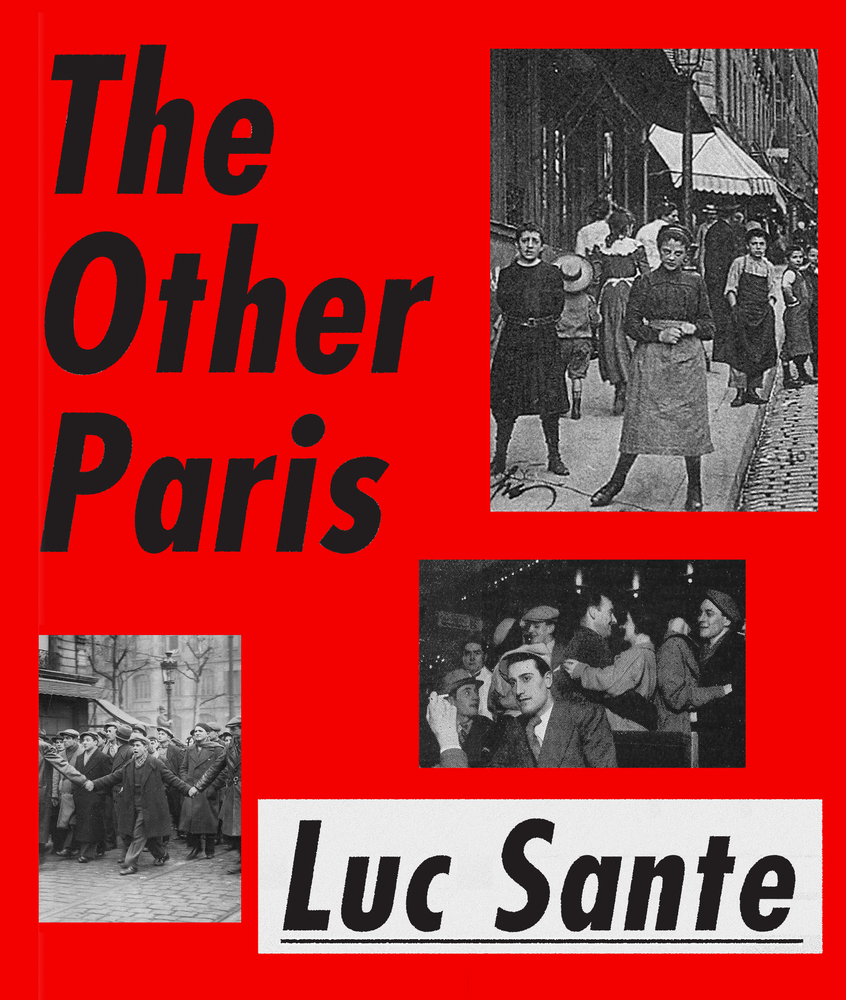
沒有留言:
張貼留言